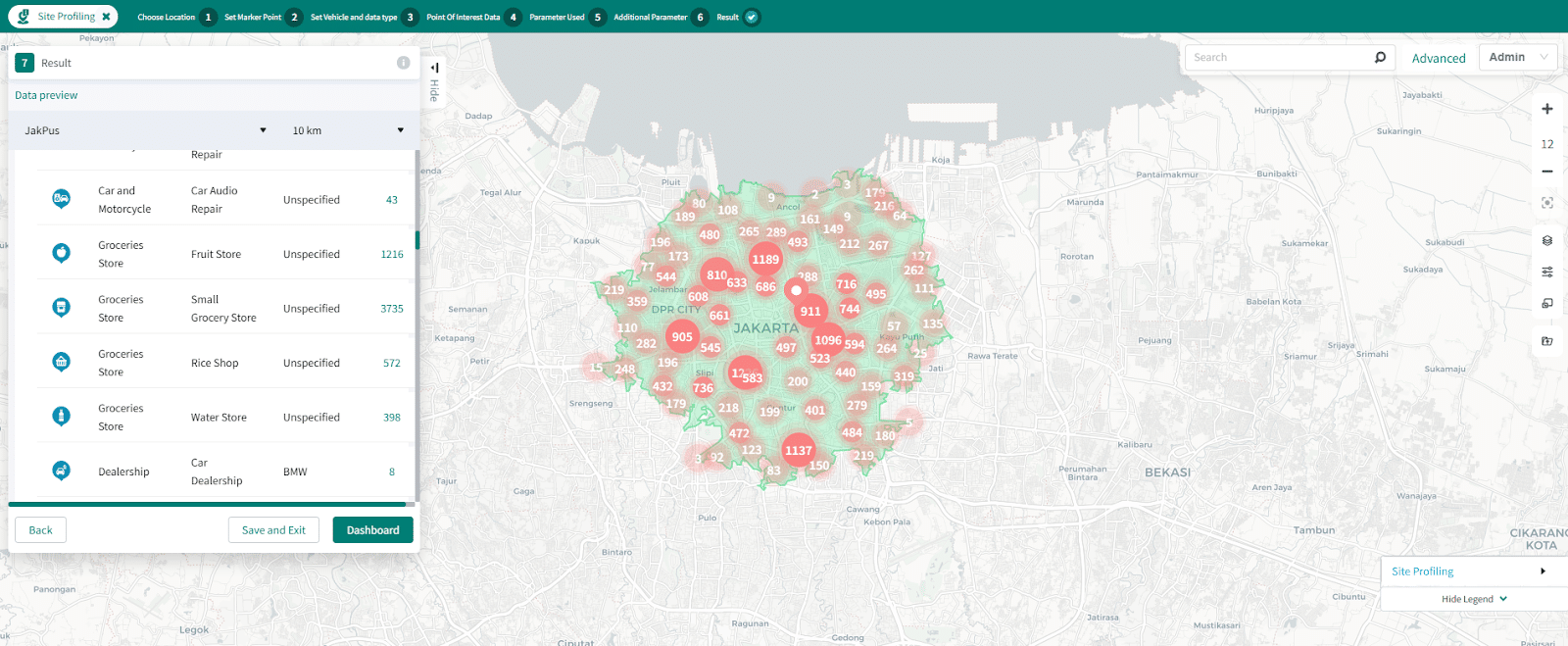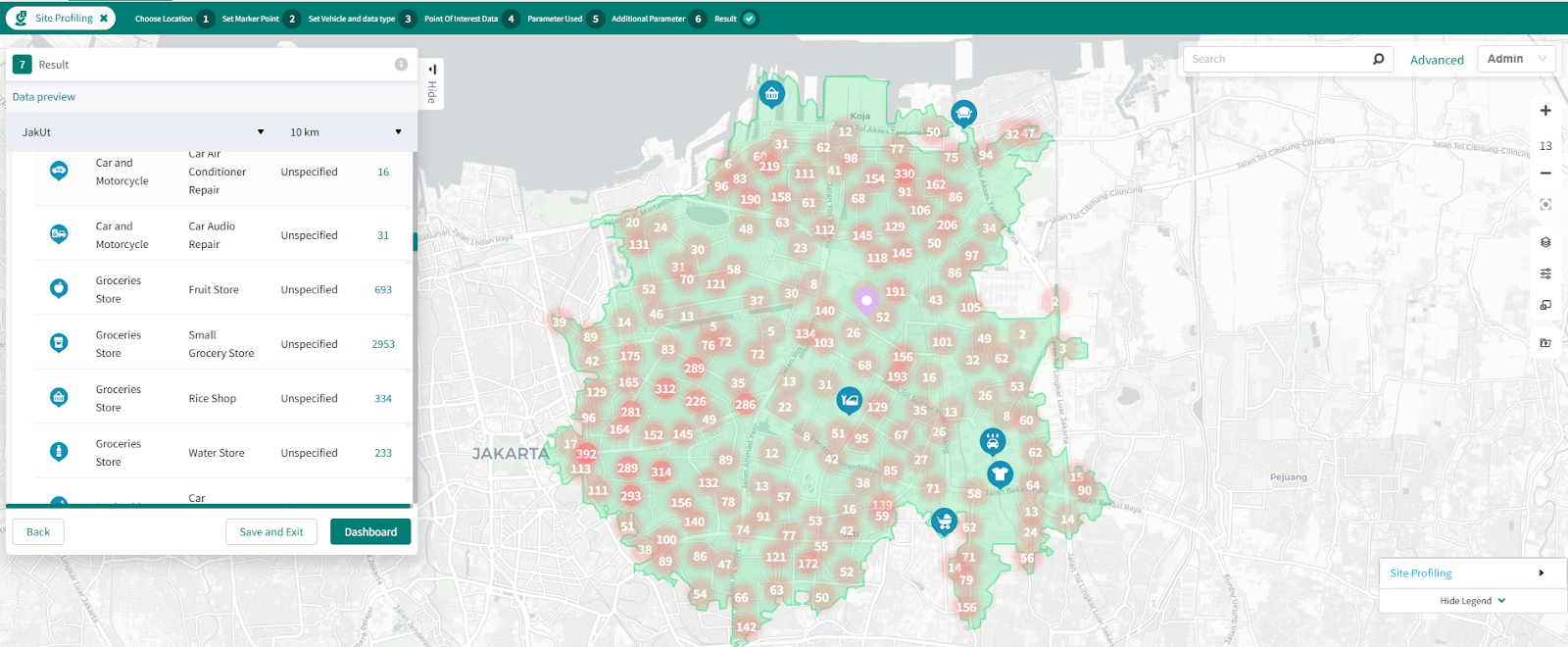People often say traditional retail is being pushed out by technology. But the rise of Warung Madura shows that’s not always the case.
With its catchy tagline, “Closed only if it’s the end of the world, but even then just for half a day,” this type of warung has popped up almost everywhere in just a few years. In fact, Warung Madura grew by an impressive 1000% in just two years.
And it’s not just Warung Madura. Traditional markets are still a go-to for many Indonesians when it comes to buying daily essentials.
Data from the Center of Economic and Law Studies (CELIOS) shows traditional markets still dominate around 70–75% of the national retail scene.
This is also backed up by Euromonitor data shared by the USDA, which shows traditional retail made a whopping US$53.6 billion in sales in 2021, way ahead of modern retail, which brought in only US$18.05 billion.
Aside from traditional retail locations being close to where people live, shopping in Indonesia has its own unique vibe. When people go shopping, it’s not just about making a purchase—they also love catching up and sharing stories. This kind of experience is something you won’t find in modern retail.
That’s probably why, even with all the news about modern retailers shutting down because of competition and shifting shopping habits, places like Warung Madura and traditional markets are still thriving and even doing better than ever.
Recognizing this trend, Bhumi Varta Technology (BVT) decided to dive deep into analyzing where traditional retailers are located in the DKI Jakarta area. The goal was to understand the distribution patterns and the market potential of these traditional warungs, which keep going strong despite all the changes brought on by uncertain times.
Here’s what we found:
Number and Distribution of Traditional Retailers in Central Jakarta

We analyzed with a center point around Monas, Central Jakarta, and a 10 km radius. The results show that in this area, there are 3,735 toko kelontong, 572 stalls that specifically sell rice, 398 drinking water stalls, 1,216 fruit shops, and 83 traditional markets. This analysis provides an overview of the density and distribution of traditional retail, which is notably high in the heart of the capital city.
Number and Distribution of Traditional Retailers in North Jakarta

In North Jakarta, we conducted an analysis with the center point in the Kelapa Gading area and a 10-kilometer radius. The results of the analysis revealed that there are 693 fruit shops, 2,953 grocery stores, 334 rice shops, and 233 drinking water stalls. Additionally, there are 43 traditional markets.
Contents
Number and Distribution of Traditional Retailers in West Jakarta

For the West Jakarta area, we conducted an analysis with the center point in the Kebon Jeruk area, using the same 10-kilometer radius. The analysis results showed that there are 1,151 fruit shops, 2,908 grocery stores, 725 rice shops, 275 refill drinking water shops, and 37 traditional markets in the area.
Number and Distribution of Traditional Retailers in East Jakarta

In East Jakarta, we set Duren Sawit as the center point for the analysis, using a 10-kilometer radius. The mapping results revealed 1,167 fruit shops, 2,178 toko kelontong, 279 rice shops, 434 refill drinking water shops, and 46 traditional markets in the area.
Number and Distribution of Traditional Retailers in South Jakarta

For South Jakarta, we focused on Kebayoran Baru as the center point for our analysis, with a 10-kilometer radius. The mapping and analysis showed that there are 743 fruit shops spread out across different locations, 3,023 toko kelontong, 655 rice shops, 377 refill water shops, and 36 traditional markets in the area.
Key Takeaways
Based on the analysis we did in five cities across DKI Jakarta, it’s clear that toko kelontong still dominates the traditional retail scene. Each area has over 2,000 toko kelontong, with some even topping 3,000.
These stores are spread out in all kinds of locations, from busy residential areas and market spots to main roads.
Besides grocery stores, there are also plenty of other traditional retailers, like fruit shops, refill water stalls, and traditional markets, all actively running in each area.
This even spread shows that traditional retail is still going strong and plays a key role in supporting local economies, especially in urban areas like Jakarta.



